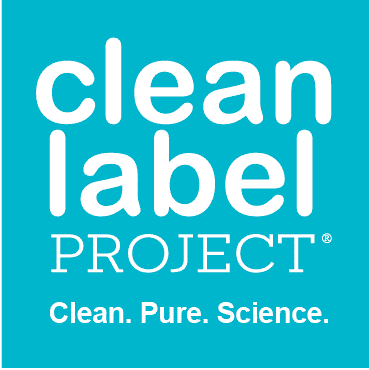Orijen: Why Aren’t You Listening to Your Customers?
Orijen: Why Aren’t You Listening to Your Customers?
At Clean Label Project, our mission is to raise awareness and to educate consumers on the startling contaminant levels present in products you buy every day — including pet foods. At Clean Label Project, we believe that less harmful environmental and industrial contaminants and toxins like heavy metals, antibiotics, pesticide residues, and plasticizers, are better for ALL living things. Lately, Orijen has been making a point of claiming that we benchmark the results of our pet food study against human regulatory standards (like the EPA drinking water standard).

As we’ve said before, as we told Orijen when we first spoke to them on the phone, and as we say on our website, Clean Label Project did not use any regulatory limits when assigning its star values, human or otherwise. We benchmark our data against the rest of the category — which means that a 1 star product did poorly compared to the rest of the products we tested, not compared to a cut off value or threshold. We do reference human standards (like EPA drinking water) in some of the graphics we produce, but those are only for illustrative purposes and a frame of reference, in the same way we compared some of our pet food results to cigarette smoke. Or does Orijen think we benchmarked their products against tobacco, too?
Why didn’t we use a pet food government standard for our rating system? Because there isn’t one. The pet food industry has no federally mandated limits for contaminants and toxins like the ones we measured in our study. Some of the people at Orijen seem to want you to believe that we are unfairly judging their products against a human food standard, but the truth is that the one star ratings some of their products earned came about because those products were compared to their competition — and those Orijen products came up lacking.
People working at Orijen know that this is how our system works — we told them over a conference call. So it seems to us that Orijen has a listening problem: they didn’t listen to us, and it sure seems like they aren’t listening to their customers’ concerns about the purity of their products. Maybe if we all speak together, they’ll get the message: it’s time to get serious about product purity. Instead of arguing the value that toxic chemicals bring to pet foods, now that you are aware of the problem, Orijen, why don’t you take an active stance in fixing it rather than trying to defend it?
